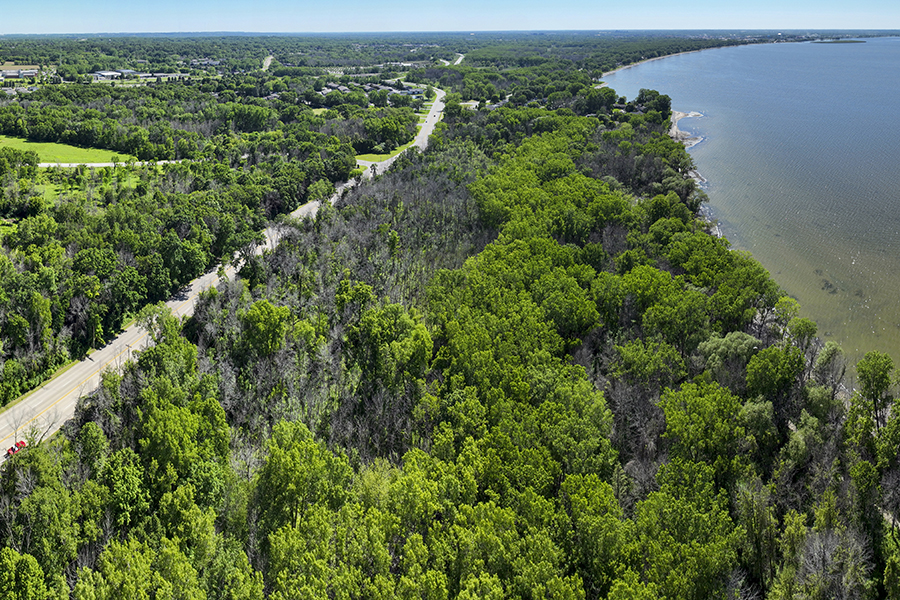
Research &
Education
1,500 acres of Wisconsin's most beautiful biodiversity is ours to protect and enjoy.
Preserving and conserving Wisconsin's flora and fauna is not just on the horizon—it's here and now at UW-Green Bay. As protected areas, these places give you a chance to witness the beautiful biodiversity of our region. These spaces offer invaluable research and educational opportunities that shape policy decisions and restoration efforts. Across all 1,500 acres, we focus on actions to conserve native plants and animals.
Five Natural Areas
Explore, research and discover. Each site boasts its own unique ecosystem, from diverse plant communities and wildlife to migratory bird havens and rich cultural histories. The Cofrin Center for Biodiversity at UW-Green Bay manages these natural areas.
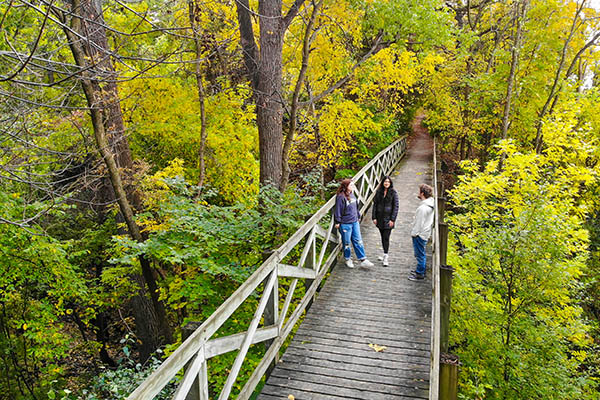
Cofrin Arboretum
Located on the Green Bay campus with more than 6 miles of trails for recreation, the Cofrin Arboretum serves to restore and preserve some of Wisconsin's native ecological communities and to provide a place where people can enjoy and appreciate nature.
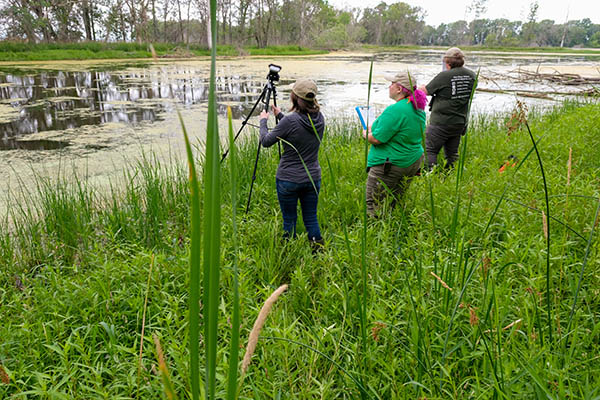
Point au Sable
As a stopping point for birds migrating for the winter, Point Au Sable offers a place for over 200 bird species, in addition to amphibians, reptiles and wetland plants.
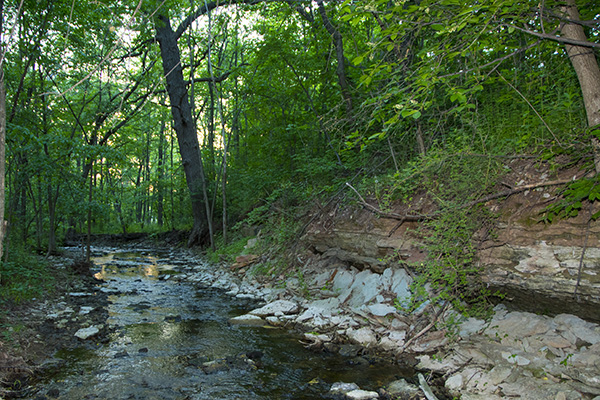
Wequiock Creek
Wequiock Creek is important land for several First Nations throughout Northeast Wisconsin. In collaboration with these Indigenous communities, we're working to restore the land to its natural mosaic of Midwestern oak savanna, riparian woodland and shallow wetlands.
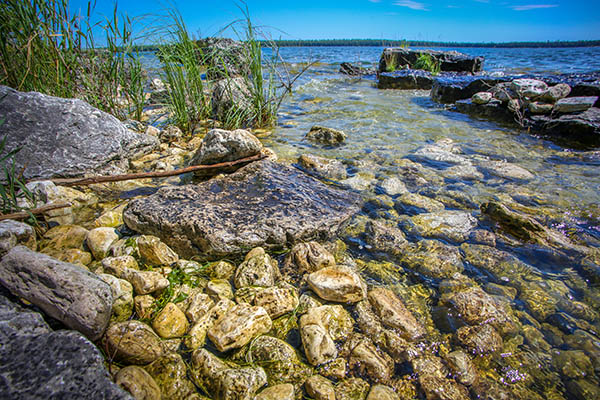
Toft Point
Named for Kersten Toft, who received the land as compensation for his work at the limestone quarry, this 743-acre site is an incredible biodiversity hotspot. It's also a living laboratory for our community.
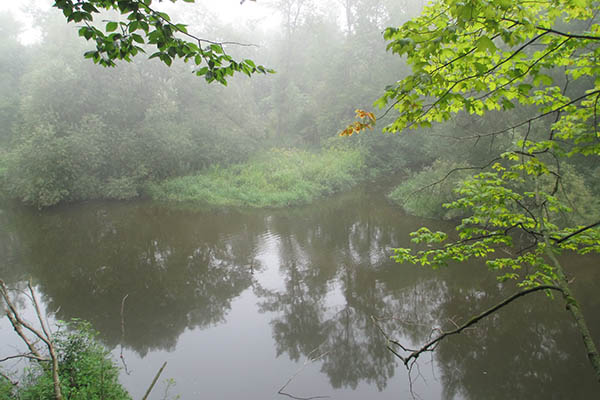
Kingfisher Farm
Reserved for research, Kingfisher Farm is 59.22 acres of forest, grassland, shoreline and riparian habitat on the coast of Lake Michigan.
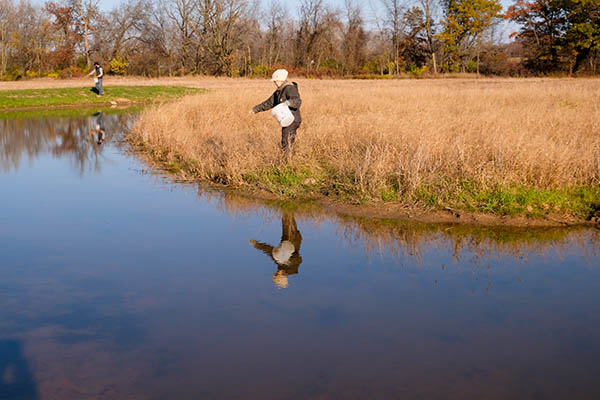
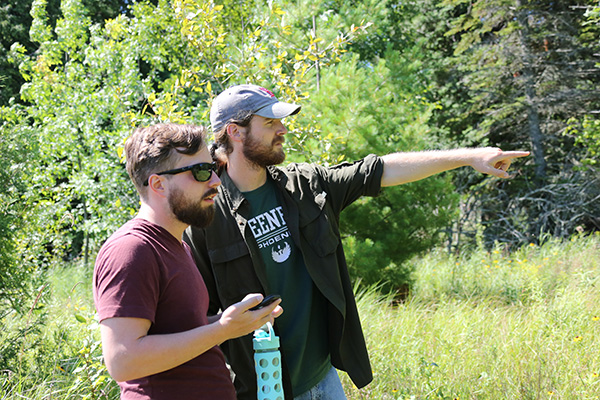
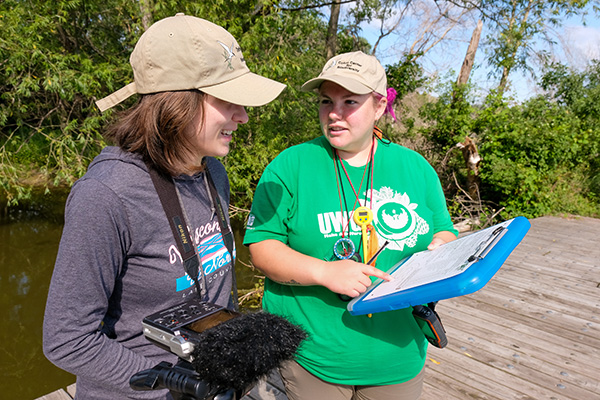
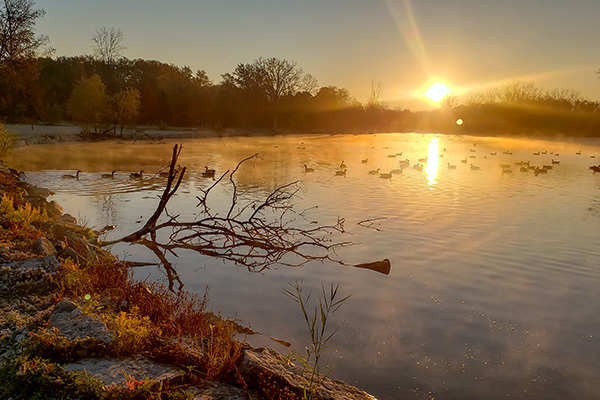
Contribute to New Knowledge
Research to promote restoration efforts.
Become more than just a student or observer—become a researcher and preservationist. Because of the diversity in habitats across our natural areas, there are a number of opportunities to learn and apply your knowledge with work that relates to your career goals. With decades of data to build from, you can contribute your experience and help restore the environment.
On Native Land
Our natural areas share a long history with several First Nations throughout Wisconsin. We are working with Indigenous tribes to ensure cultural sensitivity is respected, honored and valued as we conduct ecological restoration work. Below are efforts that represent the start of our collaboration with First Nations people.
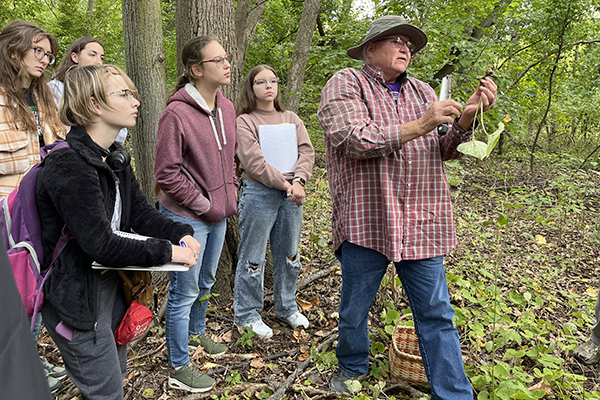
Supporting Indigenous Led Organizations
We're located in a city heavily influenced by First Nations communities, so one of the first steps to land acknowledgement is supporting Indigenous organizations like First Nations Studies, InterTribal Student Council and Waking Women Healing Institute.
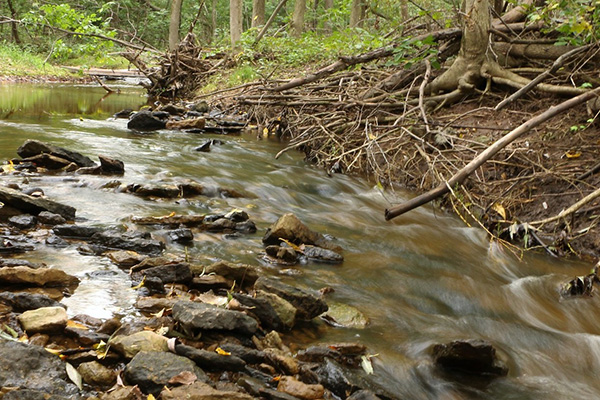
Incorporating Indigenous Perspectives
Wequiock Creek is an incredible important ancestral home for First Nations in Wisconsin. We're incorporating Indigenous perspectives and working to honor and respect practices like the Annual Tobacco Blessing.
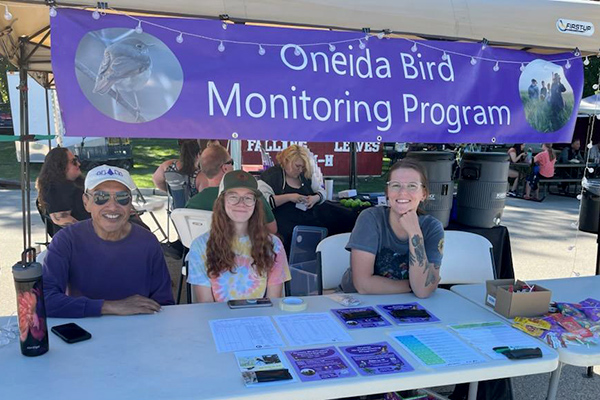
Bird Monitoring with Oneida Nation
Small teams of 2 to 5 people connect a community of birders and Oneida Nation members for a shared experience in nature through community science and storytelling. We began these bird monitoring at restoration sites in 2021.
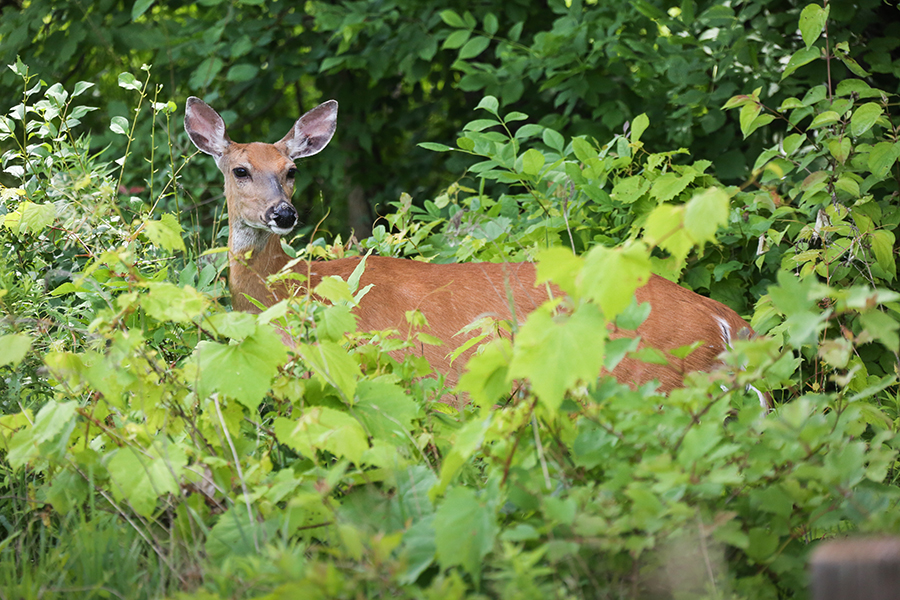
Deer Hunting Opportunities
Enter a lottery for limited spots.
Hunting is a vital wildlife management tool, and it has been an important practice in Wisconsin for centuries. There are opportunities to deer hunt in UW-Green Bay's natural areas, but space is limited; a lottery occurs each fall.
Contribute to Our Work
Donating money to the Cofrin Center for Biodiversity helps us continue making strides to preserve and conserve Northeast Wisconsin. From student research grants to extra funds for trail management to updating equipment for projects, your donation can help contribute to our environment.
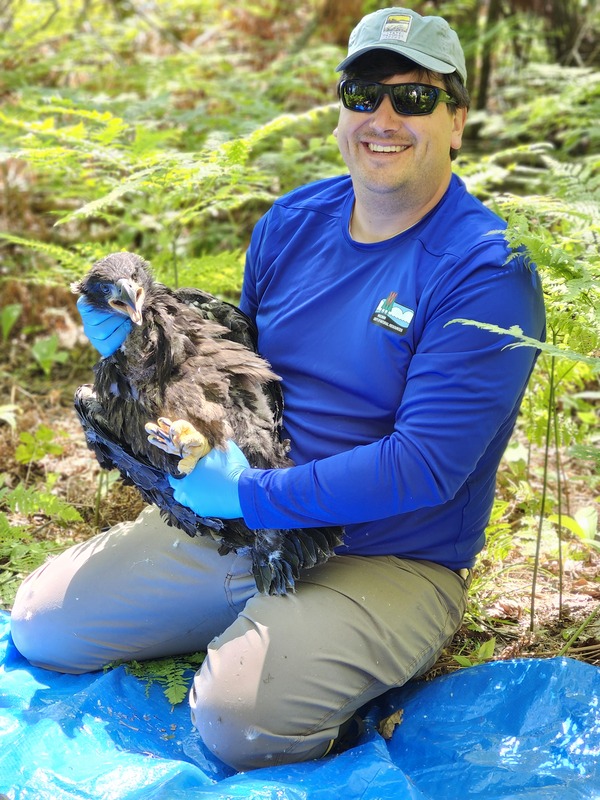
Meet a
Phoenix
"The natural areas managed by CCB provide a great introduction into many fields of natural resource management for students and is a resource that may be overlooked by many people. In addition, some of these natural areas conserve great examples of rare native community types in WI and the Great Lakes region. There will always be management needs for these sites in the face of invasive species encroachment, climate change and [land] development. The continued conservation of these natural areas will provide great outdoor classrooms for students at UWGB and the communities of NE Wisconsin."
Joshua Martinez
Fish and Wildlife Biologist (Endangered Species)/ US Fish and Wildlife Service
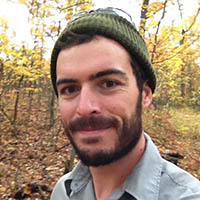
Meet Your Guide
Meet Andrew LaPlant, UW-Green Bay alum and Natural Areas Manager. In addition to leading ecological restoration efforts, he also facilitates outdoor classroom experiences for students. If you have questions about our natural areas, he can help!